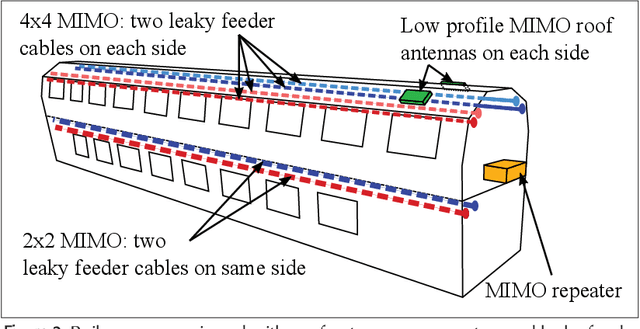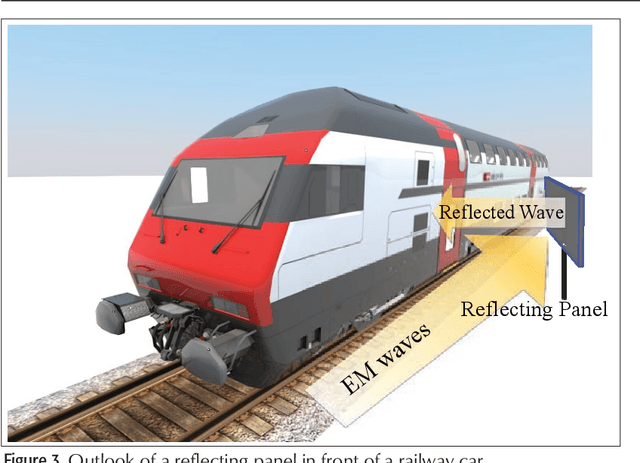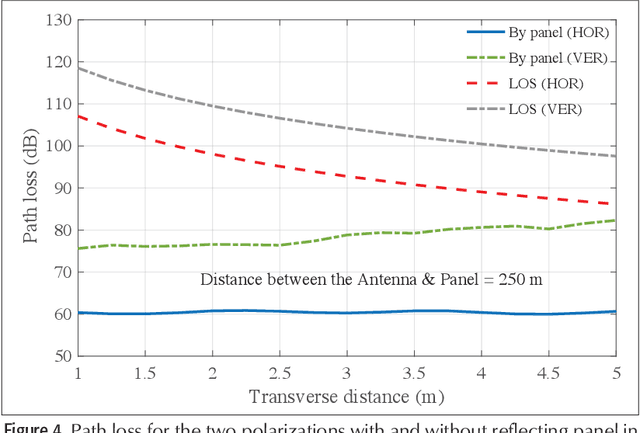Stefan Mauron
Delivering Gigabit Capacities to Passenger Trains Tales from an Operator on the Road to 5G
May 14, 2021



Abstract:Delivering reliable and high-capacity Internet connectivity to high-speed train users is a challenge. Modern railway cars act as Faraday cages and a typical train consist comprises several hundreds of users moving at high velocity. Furthermore, with the global availability of fourth generation (4G) Long Term Evolution (LTE), user expectations have dramatically increased: it is expected to be online anytime and anywhere. Demand for mobile high-capacity is being driven by video and music streaming services, for lower latency and higher availability by gaming, and for more reliability and even uplink capacity by mission critical applications. Finally, the life-cycle of the railway industry is much longer than for telecommunications, which makes supporting 5G challenging. In this paper, we survey the challenges associated with delivering high-capacity connectivity to train users, describe potential options, and highlight how a leading western European operator is tackling these challenges and preparing for 5G and beyond.
* Published in IEEE Communications Magazine (Volume: 57, Issue: 9, September 2019)
 Add to Chrome
Add to Chrome Add to Firefox
Add to Firefox Add to Edge
Add to Edge